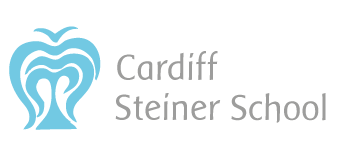Shelter and Housebuilding in Class 3&4
July 2013
The eight to ten year olds in Class 3&4 hugely enjoyed their shelter and housebulding block in the summer term.
They started with exploring the amazing variety of homes through time and around the world. Beginning with archetypes of “man’s first home”, they saw how humans had to protect themselves from the elements and create their own sense of space.

Incorporating the study of world geography they asked how, in the past, a particular setting determined the type of homes that people built? They saw how the nomadic peoples of North America built homes for the central plains, looked at houses built of grasses and palm fronds, houses carved out of rock and gracious townhouses from local Bath stone. The children constructed models of the types of houses that they studied.

They moved on to learn about the many steps that go into modern home building in the UK (foundations, carpentry, brickwork, roofing etc). To observe local construction, they spent three days working on a building site and made a special study of wall building. The different methods and styles they saw went on to inform their own special building project – making a raised bed for the School garden.

For their project they learned about tools, how to look after them and use them safely; designed and sketched up plans with accurate measurements and scale models; practiced their brick bonds and coping styles on mini bricks in the classroom, and finally moved outside for the actual construction.

In Steiner education children study a rich and balanced range of subjects grounded in the stages of child development. These include all recognised subjects of the national curriculum as well as some specific to the Steiner curriculum. Core subjects are taught in thematic blocks (Main Lessons).

See more photos of the Building Block on our Facebook Page>>
The essence of the Steiner Main Lesson is to experience a rich multisensory approach with a balance of artistic, practical and intellectual content, and engaging, real world learning experiences. Children sculpt, draw, write, move, listen, imagine and do—all ways to engage different learning styles.

Leave a Reply
Want to join the discussion?Feel free to contribute!